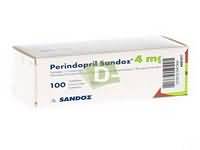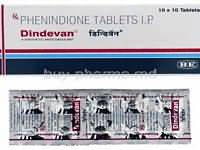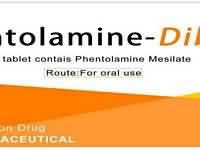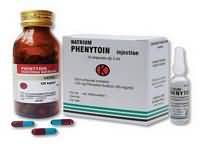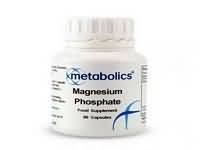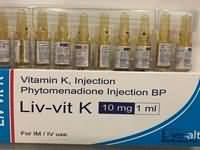phenobarbital
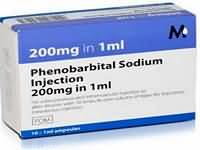
CLINICAL USE
Anti-epileptic agent
DOSE IN NORMAL RENAL FUNCTION
Oral: 60–180 mg at nightStatus epilepticus: 10 mg/kg, max 1 g IV
PHARMACOKINETICS
Molecular weight :232.2 (254.2 as sodium salt) %Protein binding :45–60 %Excreted unchanged in urine : 25 Volume of distribution (L/kg) :1half-life – normal/ESRD (hrs) :75–120/Unchanged DOSE IN RENAL IMPAIRMENT
GFR (mL/MIN)
20 to 50 : Dose as in normal renal function 10 to 20 : Dose as in normal renal function, but avoid very large doses <10 : Reduce dose by 25–50% and avoid very large single doses DOSE IN PATIENTS UNDERGOING RENAL REPLACEMENT THERAPIES
CAPD :Dialysed. Dose as in GFR <10 : mL/min HD :Dialysed. Dose as in GFR <10 : mL/minHDF/high flux :Dialysed. Dose as in GFR <10 : mL/minCAV/VVHD :Not dialysed. Dose as in GFR=10–20 mL/min IMPORTANT DRUG INTERACTIONS
Potentially hazardous interactions with other drugsAntibacterials: reduced concentration of chloramphenicol, doxycycline, metronidazole, telithromycin and possibly rifampicin – avoid with telithromycinAnticoagulants: increased metabolism of coumarins (reduced effect)Antidepressants: antagonise anticonvulsant effect; reduces concentration of paroxetine, mianserin and tricyclics; concentration reduced by St John’s wort – avoid concomitant use Antifungals: possibly reduced concentration of itraconazole, posaconazole and voriconazole – avoid concomitant use with voriconazole; reduced absorption of griseofulvin (reduced effect)Antipsychotics: antagonise anticonvulsant effect; metabolism of haloperidol increased; possibly reduces aripiprazole concentration – increase aripiprazole dose; concentration of both drugs reduced with chlorpromazineAntivirals: concentration of abacavir, amprenavir, darunavir, indinavir, lopinavir, nelfinavir and saquinavir possibly reduced Calcium-channel blockers: effect of felodipine, isradipine and probably dihydropyridines, diltiazem and verapamil reducedCiclosporin: reduced ciclosporin levels Corticosteroids: metabolism of corticosteroids accelerated, reduced effect Diuretics: concentration of eplerenone reduced – avoid concomitant use; increased risk of osteomalacia with carbonic anhydrase inhibitorsOestrogens and progestogens: metabolism accelerated, reduced contraceptive effectSodium oxybate: enhanced effects of sodium oxybate – avoid Tacrolimus: concentration of tacrolimus reduced ADMINISTRATION
Reconstition
– Route
IV, oral Rate of Administration
Not more than 100 mg/minute Comments
For IV administration, dilute 1 in 10 with water for injectionPhenobarbital (phenobarbitone).578 PhEnoBArBiTAL (PhEnoBArBiTonE) OTHER INFORMATION
Aim for plasma concentration of 15– 40 mg/L (65–170 µmol/L) for optimum responseMay cause excessive sedation and increased osteomalacia in ERFCharcoal haemoperfusion and haemodialysis more effective than peritoneal dialysis for poisoningUp to 50% unchanged drug excreted in urine with alkaline diuresis.
See how to identify renal failure stages according to GFR calculation
See how to diagnose irreversible renal disease
Home

